Data Update 1 for 2025: The Draw (and Danger) of Data
Musings on Markets
JANUARY 10, 2025
Not surprisingly, the company listings are across the world, and I look at the breakdown of companies, by number and market cap, by geography: As you can see, the market cap of US companies at the start of 2025 accounted for roughly 49% of the market cap of global stocks, up from 44% at the start of 2024 and 42% at the start of 2023.

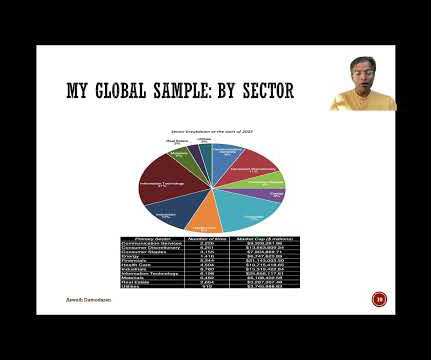
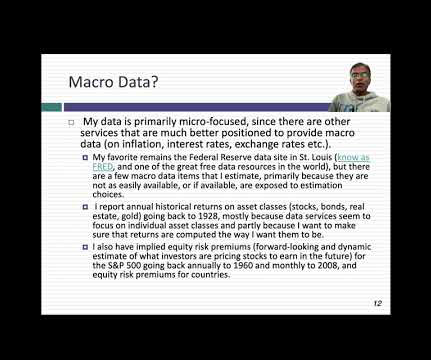
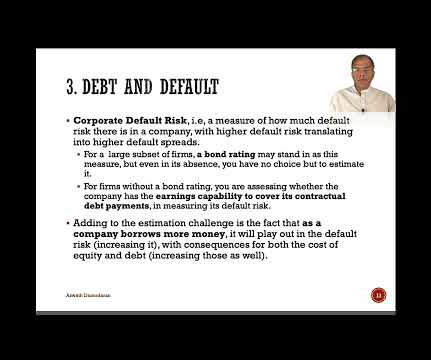
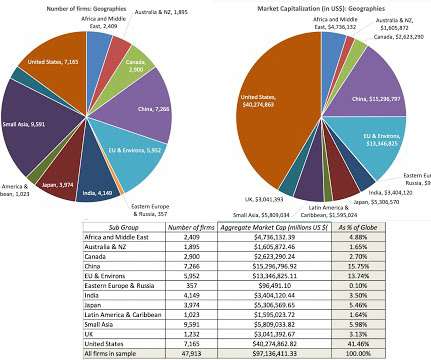
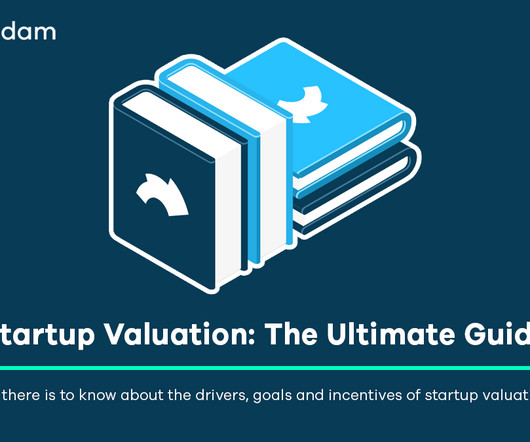






Let's personalize your content